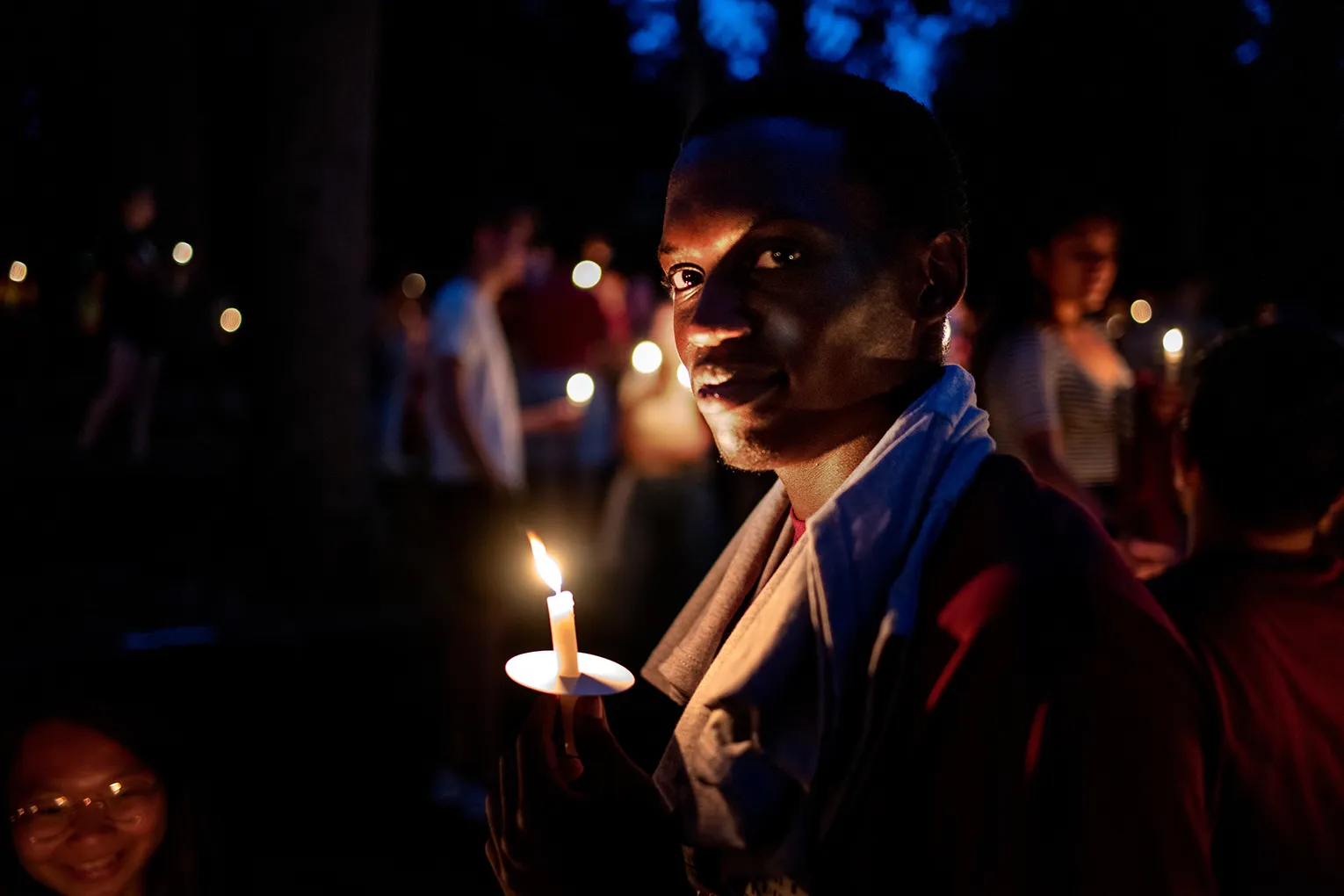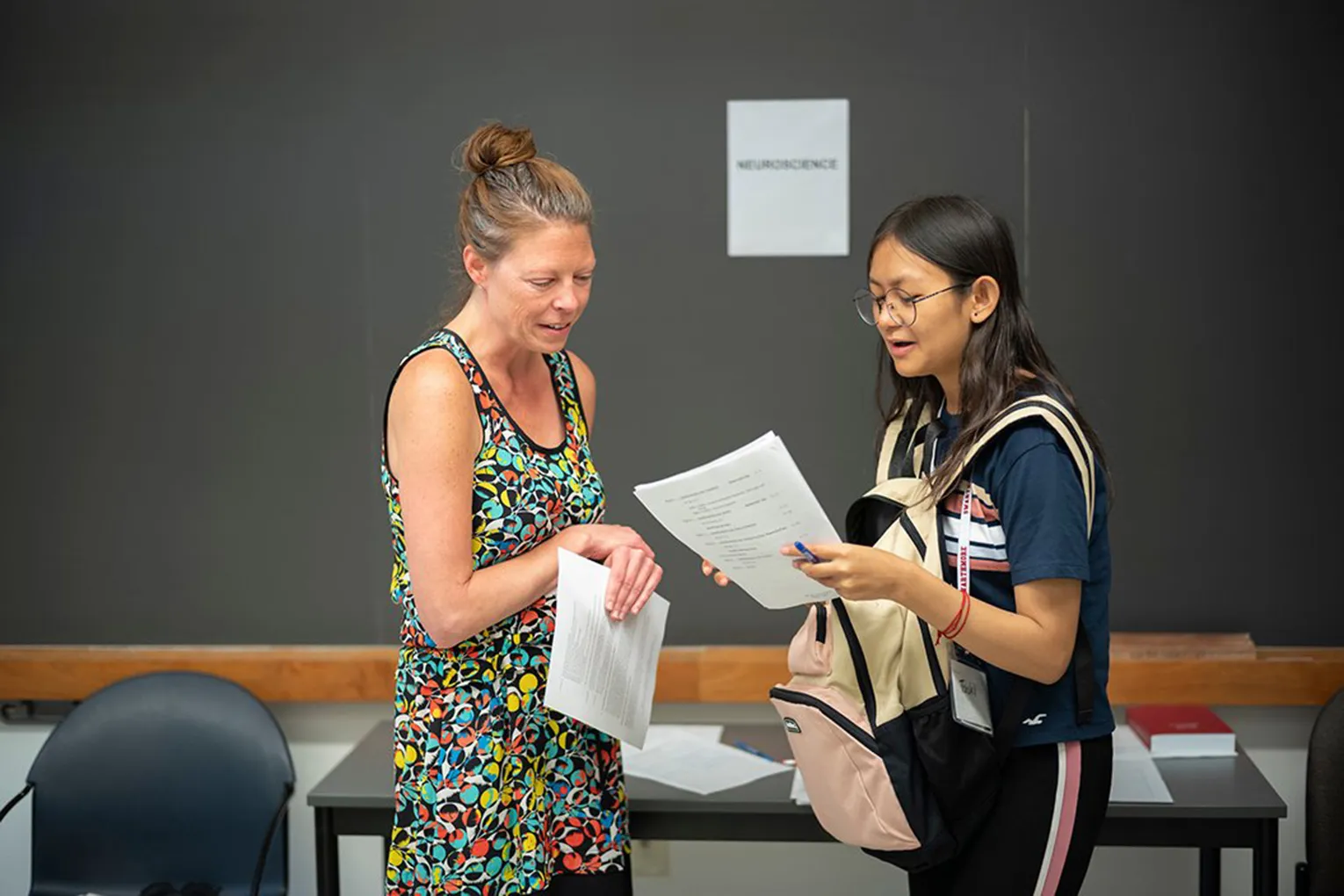Student research - overview
Students are encouraged to contact me to discuss opportunities for summer research.
Students should read through the information on the college's webpage here to understand the application process and be aware of important deadlines.
Expectation
Typical work days consist of running simulations (most commonly with Matlab or Python), analyzing mathematical models, organizing and visualize simulation data, and reading relevant scientific literature (textbook chapters and journal articles). Students will develop computational skills, learn relevant mathematical techniques, learn about neuroscience and hearing science, and interact with peers and research groups at Swarthmore and elsewhere. While there are no specific pre-requisites for summer research in my group, students will be more prepared for this type of research if they have some knowledge of differential equations (Math 43/44 or similar) and familiarity with scientific computing software (Matlab or python). Course work in biology or neuroscience, or other knowledge of these areas can be relevant, but is not required. That said, students should be interested in gaining some understanding of these areas. Indeed, it is common for students in my research group to read textbooks and scientific literature in neuroscience, hearing science, and related fields.
During the summer we will have regular meetings to discuss progress, answer questions, and plan next steps. Much of the work students do is original research. We won't "know the answer" ahead of time. Grappling with uncertainty and pursuing incremental increases in understanding is central to the research process. Students will be expected to work independently and/or collaboratively (with peers). At the end of the summer, students will write a summary of their findings, organize any simulation code they have developed, and present their research on campus (Math/Stat department summer research talks, Sigma Xi poster session). Depending on the stage and nature of the research, it may be possible for summer projects may lead to conference participation or manuscripts submitted to scientific journals, but there is no guarantee that this can happen for all projects.
COMMITMENT
Students are expected to commit 10 weeks of their summer and to work 40 hours per week (standard for all Swarthmore summer research experiences). For his part, Prof. Goldwyn commits to:
- Advise and guide students' research process based on his expertise in mathematical neuroscience and experience pursuing research in this field. This includes regular in-person (or zoom-based, as circumstances allow); one to three meetings per week is typical, and depends on the stage of the project.
- Provide necessary research resources and equipment the student requires for a successful and productive summer.
- Create a safe and respectful research environment in which all students can thrive and feel valued.
- Mentor students on ways in which their summer research can contribute to success in their future endeavors (academic, professional, or other). This can include: provide detailed feedback on students' writing and oral presentations to aid in developing scientific communication skills; identify opportunities for students to attend or present work at scientific communities (as desired and appropriate for the stage of the research project), and write letters of recommendation that comment accurately on the students' summer research activities for graduate school, jobs, or similar (when requested in a timely manner).



